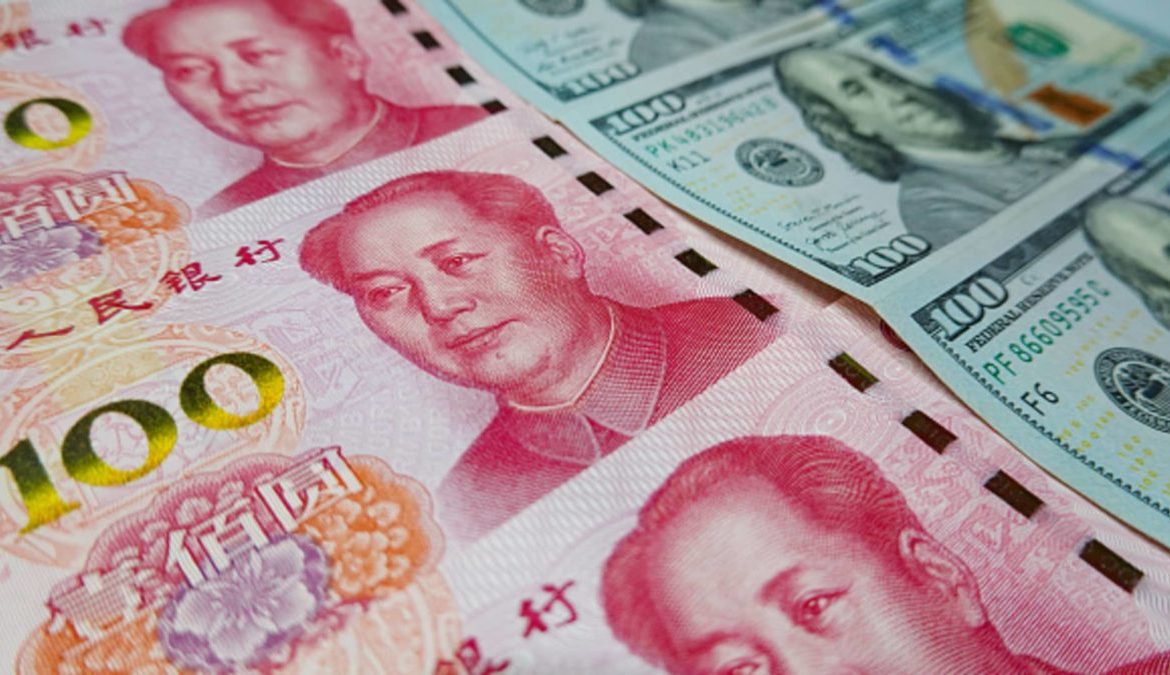The government quickened the process of reopening the economy. The optimism of investors increased. Chinese stocks rose sharply, and the yuan strengthened past a crucial threshold. On the fifth day of gains, the yuan dropped below 7 dollars per dollar, while a gauge of Chinese technology stocks in Hong Kong increased by 9.3%. When financial center Shanghai and nearby Hangzhou joined other cities in removing COVID-Zero restrictions, dollar bonds issued by developers rose as well.
A buying spree has taken place after months of volatility in Chinese assets. According to money managers, the tide has finally turned in a market brought low by Beijing’s regulatory crackdown and Covid policy. Yet, analysts like Grow Investment Group’s Hao Hong caution that rising infections may cause more yuan price fluctuations in the near term, even as the bullish forecasts mount up.
Shanghai Shifts COVID Policies Following Other Cities
After the recent protests, Shanghai joined Beijing, Shenzhen, Guangzhou, Zhengzhou, and other Chinese cities in shifting toward reopening. Most locations will no longer require PCR results for access to local public transportation and shared areas. The news comes after Chinese Vice Premier Sun Chunlan revealed last week that the pandemic had entered a new phase.
According to Goldman Sachs strategists, Covid Zero will probably stay in place until April, even though the chance of a quick but controlled exit has grown.
Meanwhile, BIS Researchers Highlight Off-Balance Sheet Dollar Obligations and Considerable Opacity
Currency derivatives allow international authorities to predict the next financial catastrophe. Around $65 trillion in “missing” dollar debt is believed to be off the balance sheets of non-US entities.
According to a paper from the Bank for International Settlements, entities like pension funds owe a “huge, missing, and growing” debt through foreign-exchange swaps and other derivatives transactions, which includes this very short-term hidden borrowing.
During both the worldwide financial crisis and the early stages of the pandemic, FX swaps were flashpoints. According to the BIS, the dollar funding stress forced central banks to assist struggling borrowers.
The conclusions offer a unique view into the magnitude of hidden leverage based on statistics from a triennial questionnaire of worldwide currency markets conducted earlier this year. According to the BIS, the total quantity of dollar debt created through derivatives totals more than $80 trillion. This is more than the total value of dollar Treasury notes, repurchase agreements, and commercial paper.
According to the report, banks with offices outside of the United States hold $39 trillion in debt. This is approximately double their on-balance sheet obligations and ten times their capital.
A Dutch pension fund might borrow dollars and euros in an FX swap. Then return the dollars and get euros later on. Exchanging currencies, rather than collateral such as bonds, is conceptually similar to a repo agreement. The researchers said that much of the dollar debt is short-term, which may cause dollar funding squeezes.
















